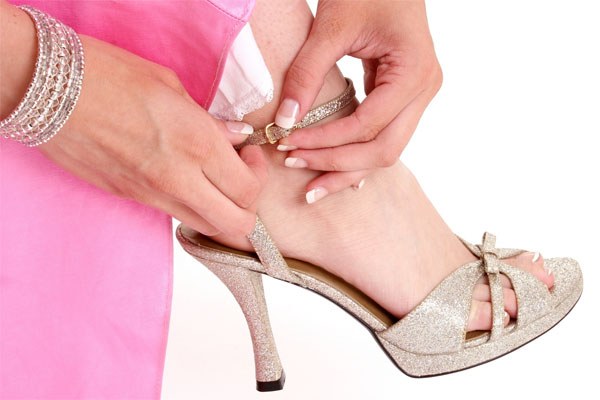You will need
- needle;
- - alcohol, iodine or brilliant green;
- - sterile drape;
- ointment antibiotic;
- - a band-aid or bandage;
- - baking soda;
- - salt;
- - plantain;
- - the leaves of aloe, Kalanchoe, or bearberry.
Instruction
1
Small blisters usually reveal themselves, so they are sufficient to cover the bactericidal plaster, which protect from injury. If corn is large in size and causes you discomfort, it is best to pierce for quick healing. It is necessary to disinfect the piercing area, corn oil alcohol, iodine or green paint. Punctures can only be done with a sterile needle. Dip it in alcohol or calcined over a fire. Make a few punctures on the side corn, inserting the needle parallel to the surface of the skin. The main thing – not to cut a corn, as it protects the delicate skin inside from infection and damage.
2
Gently press with a sterile cloth blister (after making punctures), to release all the liquid. If in the future corn will again fill with fluid, repeat punctures. To prevent the development of infection, put on a blister ointment antibiotic and cover with a protective breathable plaster that needs to be changed at least twice a day (at night, remove the skin to dry).
3
Prepare hot soap-soda bath. Dissolve in a liter of hot water a tablespoon of salt and one teaspoon of baking soda. Lower the damaged area with a water corn in the prepared solution for fifteen minutes. Then blot your skin with a soft cloth. Take plantain leaf, wash it and RUB in hands, apply to water corn, fix a plaster or bandage.
4
The leaves of Kalanchoe, aloe, or common bearberry will serve as a fairly effective means to treat water blisters. Enough to cut the leaf of one of these plants and cut out a small piece that will completely cover the corn. Cut the leaf lengthwise and apply the juicy party to the affected area, fix it with a patch. After a day remove the bandage and treat the blister with antiseptic. Repeat this procedure until, until the corn has passed.
